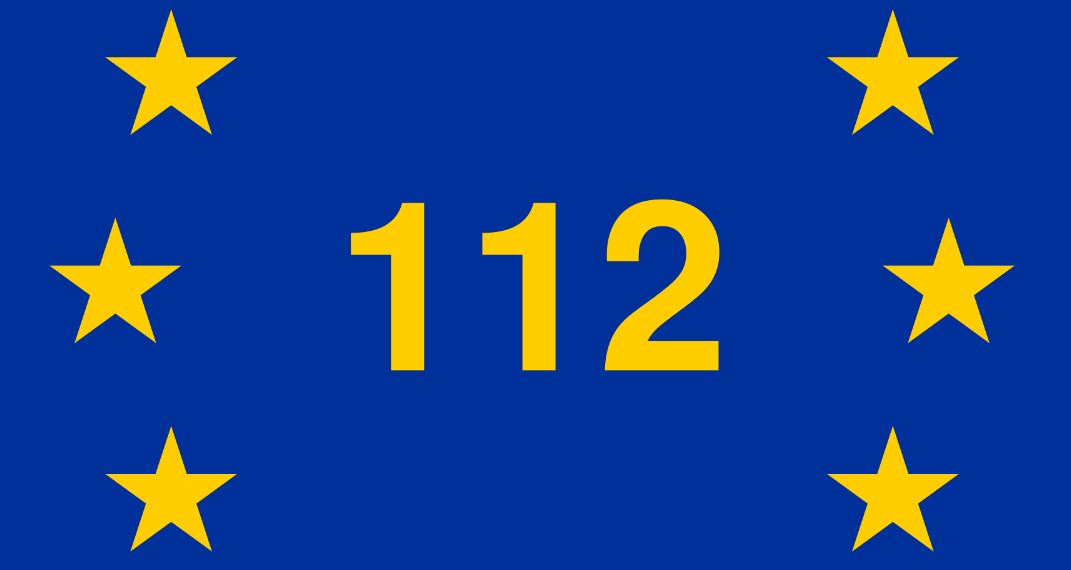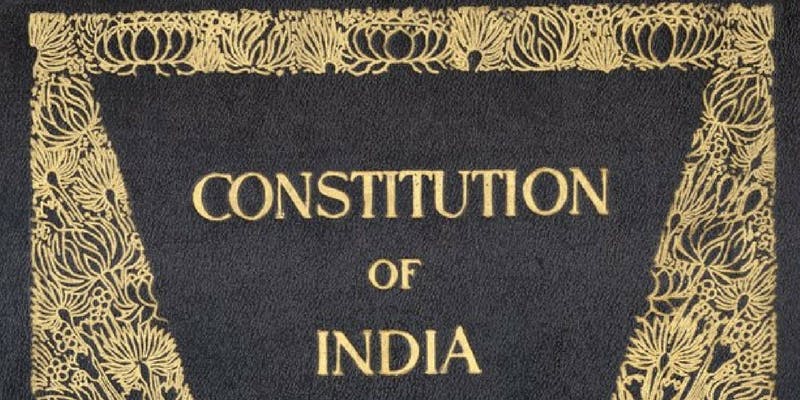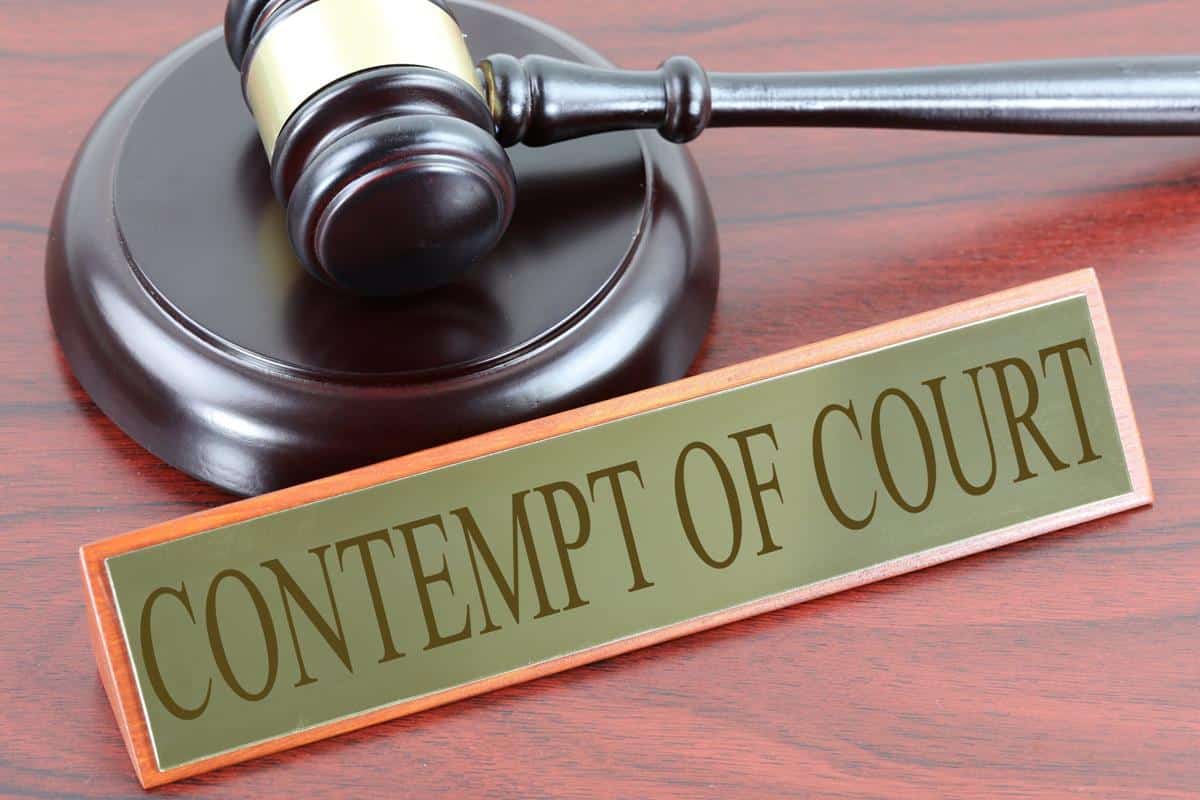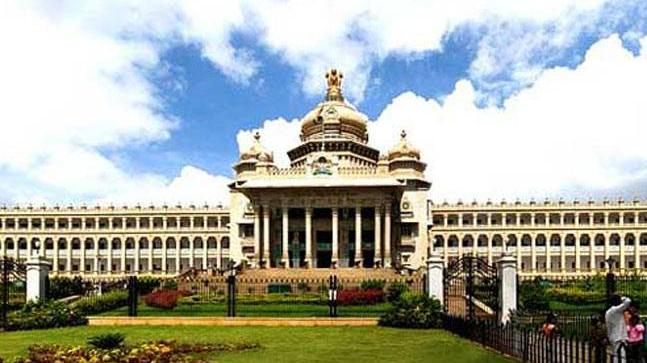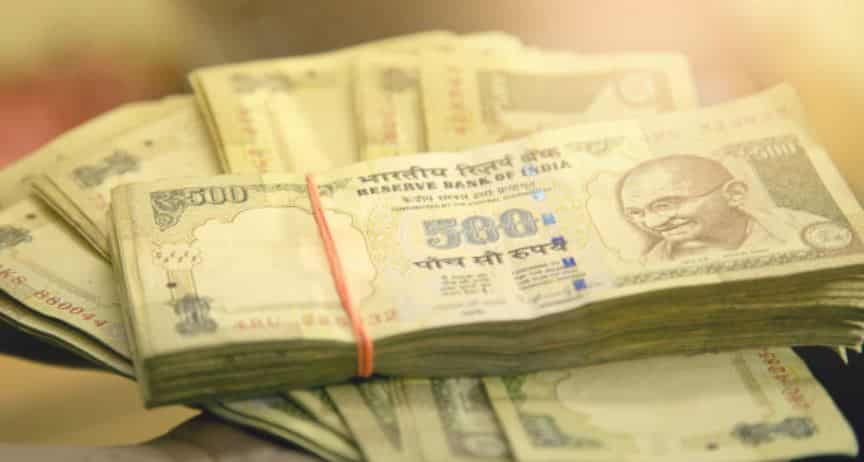Table of Contents
Emergency Provisions in Indian Constitution | UPSC – IAS
Emergency Provisions are contained in Part Eighteen (18) from Articles 352 to 360 of the Constitution of India. It converts the federal structure into a unitary one without a formal amendment of the Constitution. Emergency provisions enable the Central government to meet any abnormal situation effectively. Emergency provisions taken from Weimar Constitution of Germany.
Rationality behind the incorporation of Emergency Provisions
Under what circumstances can the president of india declare emergency in the country? – The President of India (with the aid and advice of council of ministers) has the power to impose emergency rule in any or all the Indian states if the security of part or all of India is threatened by “war or external aggression or armed rebellion”. or to meet any abnormal situation effectively.
Emergency provisions in the Constitution is also incorporate to safeguard the:-
- Sovereignty, Unity, Integrity and security of the country,
- The democratic political system, and
- The Constitution.
The Indian Constitution prescribe three types of emergencies:
- National Emergency (Article 352).
- President’s Rule (Article 356).
- Financial Emergency (Article 360).
Let’s Discuss each emergency one by one:-
National Emergency under article 352 | UPSC – IAS
Under Article 352, the President can declare a national emergency when the security of India or a part of it is threatened by war or external aggression or armed rebellion.
- The President can declare such an emergency only on the basis of a written request by the Cabinet headed by the Prime Minister.
- When a national emergency is declared on the ground of ‘war’ or ‘external aggression’, it is known as ‘External Emergency’. When it is declared on the ground of ‘armed rebellion’, it is known as ‘Internal Emergency’.
- Such an emergency was declared in India in 1962 war (China war), 1971 war (Pakistan war), and 1975 internal disturbance (declared by Indira Gandhi).
- There is no maximum period prescribed for its operation. It can be continued indefinitely with the approval of Parliament for every six months.
What are the implications of national emergency?
- Fundamental rights will become meaningless – The six freedoms under Right to Freedom are automatically suspended. By contrast, the Right to Life and Personal Liberty cannot be suspended according to the original Constitution.
- Article 20 gives protection in respect of conviction for offences. Article 21 gives the right to life, personal liberty and the right to die with dignity (passive euthanasia).
- The term of the Lok Sabha can be successively extended by intervals of up to one year, but not beyond six months
- The Parliament becomes empowered to make laws on any subject mentioned in the State List. Although the legislative power of a state legislature is not suspended.
- The federal character of the Constitution will be destroyed and the Union will become all powerful.
President’s Rule under Article 356 and 365 | UPSC – IAS
If the President is satisfied, based on the report of the Governor of the concerned state or from other sources, that the governance in a state cannot be carried out according to the provisions in the Constitution, he/she may declare an emergency in the state. Such an emergency must be approved by the Parliament within a period of two months. It is also known as ‘Constitutional Emergency’
- Article 356 empowers the President to issue a President’s Rule, if he/she is satisfied that a situation has arisen in which the government of a state cannot be carried on in accordance with the provisions of the Constitution. Notably, the president can act either on a report of the governor of the state or otherwise too (ie, even without the governor’s report).
- Article 365 says that whenever a state fails to comply with or to give effect to any direction from the Centre, it will be lawful for the president to hold that a situation has arisen in which the government of the state cannot be carried on in accordance with the provisions of the Constitution.
- There is a maximum period prescribed for its operation, that is, three years. Thereafter, it must come to an end and the normal constitutional machinery must be restored in the state.
- It has no effect on Fundamental Rights of the citizens
Consequences of President’s Rule
- During such an emergency, the President can take over the entire work of the executive, and the Governor administers the state in the name of the President.
- Parliament can delegate the power to make laws for the state to the President or to any other authority specified by him.
- All money bills have to be referred to the Parliament for approval.
- Ministers of state legislature do not perform official actions in their state.
Financial Emergency under Article 360 | UPSC – IAS
Article 360 empowers the president to proclaim a Financial Emergency if he is satisfied that a situation has arisen due to which the financial stability or credit of India or any part of its territory is threatened.
- Under article 360 of the constitution, the president can proclaim a financial emergency when the financial stability or credit of the nation or of any part of its territory is threatened
- The president can reduce the salaries of all government officials, including judges of the supreme court and high courts, in cases of a financial emergency
The Financial Emergency continues indefinitely till it is revoked. This implies two things:
- There is no maximum period prescribed for its operation; and
- Repeated parliamentary approval is not required for its continuation.
Implications of financial emergency
- The financial autonomy of the state will be nullified.
How many times the president has declared the financial emergency in India?
- No Financial Emergency has been declared so far, though there was a financial crisis in 1991.
Dr B R Ambedkar (father of indian constitution) observed in the Constituent Assembly
In the context emergency provision that: – “All federal systems including American are placed in a tight mould of federalism. No matter what the circumstances, it cannot change its form and shape. It can never be unitary. On the other hand, the Constitution of India can be both unitary as well as federal according to the requirements of time and circumstances. In normal times, it is framed to work as a federal system. But in times of Emergency, it is so designed as to make it work as though it was a unitary system.”

